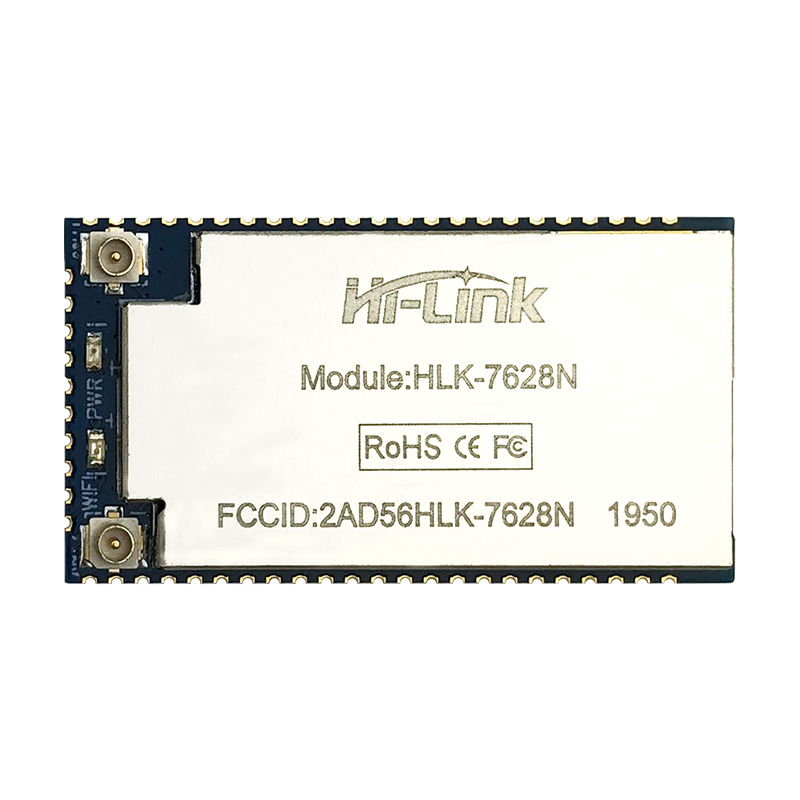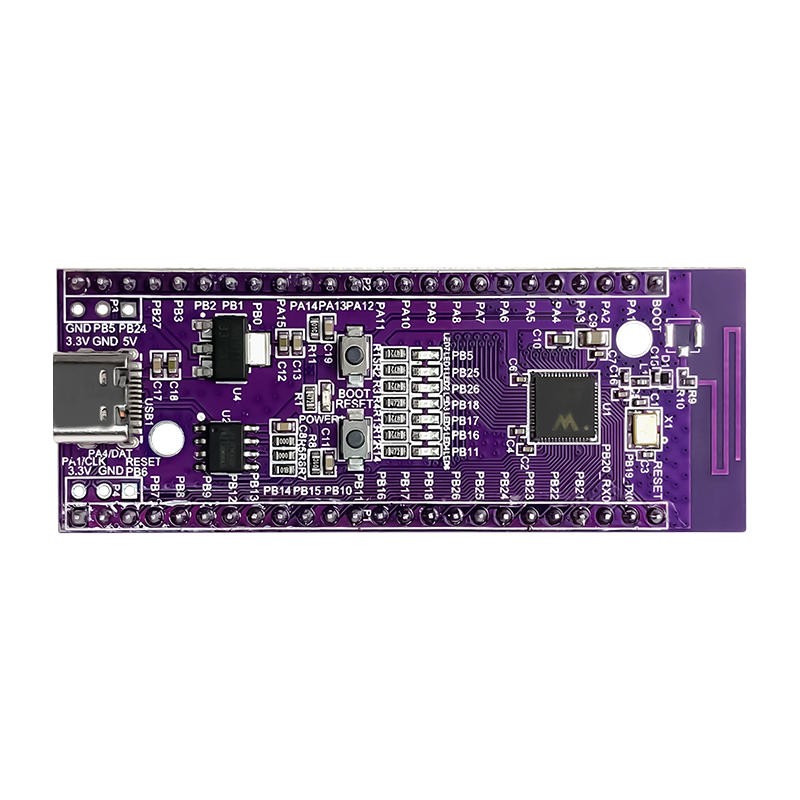





Hotspots/pain points/viewpoints are connected, and the context of the IOT events is under control
With the lifting of WiFi ban, wireless city construction has once again become a hot spot. Faced with the challenge of China Telecom’s “CDMA+WLAN” business combination, China Mobile has launched a bidding for the procurement of WLAN equipment in June. It is expected that 108,000 WLAN hotspots will be built this year, compatible with the two major standards of WiFi and WAPI; from July Starting on the 1st, China Mobile also stopped its original "e-travel" client connection to the Internet service method, and changed to directly use the "mobile phone number + password" authentication method to use WLAN services. This will undoubtedly further increase the convenience of China Mobile WLAN users. Looking at the current domestic WLAN hotspot construction, there has always been a drawback of large investment and low income. So how should we interpret China Mobile's WLAN strategy?
First of all, China Mobile's development of WLAN is inevitable to counter the competition from other operating companies, and is an important means to improve the stickiness of China Mobile's business. In the context of Telecom’s launch of CDMA+WiFi, China Mobile is naturally unwilling to lag behind. The establishment of a large number of WLAN hotspots to achieve wireless broadband coverage in hotspots has become an inevitable means for China Mobile to increase user stickiness and avoid customer loss. Especially after the WiFi ban was lifted, China Mobile has no policy worries. It is of course to build WLAN hotspots and increase the convenience of WLAN services. It is worth mentioning that at present, China Mobile WLAN still needs to pass the mobile phone number to complete the password authentication and payment. The exclusivity of this service also promotes the competition of telecom operators in the deployment of WLAN hotspots.
Second, WLAN is currently China Mobile's fastest and most realistic battle for the broadband market. Especially in the 3G era today, full-service operation and seamless network switching have become the main business directions of major operators. For China Mobile, which lacks fixed-line resources, the idea of developing fixed-line broadband has been around for a long time, but the feasible implementation methods are limited, including:
Option one is to seize the fixed-line and broadband markets with the help of Tietong. Although after the reorganization of telecommunications in 2008, Tietong was placed under the umbrella of China Mobile, but for Telecom and Netcom, which have the advantages of traditional fixed networks, their fixed network and broadband advantages will not be affected by the original small number of residents of Tietong and China Mobile. The impact of resources.
The second solution is to solve the problem of lack of fixed network resources by spreading fiber to the district, building, and home. This solution is the most ideal from a technical point of view, and in fact the three major operators are currently developing fiber-to-the-home broadband pilot projects. However, the fiber-to-the-home solution is not realistic for the current mobile: the large investment and high cost make the fiber-to-the-home "far water" that cannot be quenched.
The third option is to cooperate with cable TV or power system. This scheme is indeed the quickest method, and it is also in line with the trend of "three networks". At the same time, cable TV also needs to achieve two-way development. However, the basis of this plan is the cooperation between the telecommunications industry and the radio and television industry, which seems unlikely at present. The first is the issue of dominance, and the second is the issue of future development. The telecommunications industry and the radio and television industry are eyeing the future video business, and the fight for the right to speak on the most profitable screen of television will only intensify. This can be seen from the development of IPTV in China. Of course, some people say that TD-LTE should be developed, but is it too early to talk about LTE when it has just entered 3G? Therefore, WLAN is currently China Mobile's most realistic and quickest means of competing for broadband service resources.
Especially in the context of the lifting of WiFi ban and the strong demand for mobile broadband in hotspots such as airports and hotels, WLAN with flexible deployment and low usage threshold is undoubtedly the best choice. China Mobile has also developed TD fixed line, home gateway and other services, but the market response has not been very good. Compared with TD fixed-line phones and home gateways, WLAN has more mature technology, more flexible deployment, and higher transmission rate. With almost all notebooks with built-in WiFi, WLAN will also become an important means for China Mobile to introduce wireless services to the home. .
From an operational point of view, WLAN can be used as a supplementary technology to 3G to ease the pressure on 3G networks. This is especially important for this new TD network. However, there are still some shortcomings in China Mobile's WLAN operation. In addition to the coverage problem that can be solved by building a large number of hotspots, tariff issues will be the main factor in whether users use mobile WLAN services. According to In-Stat's user survey, only 50% of mobile Internet users are willing to pay for WLAN services, and only 25% of paying WLAN users are satisfied with the current WLAN tariffs. How to develop a diversified business model and marketing model around WLAN, so that China Mobile's WLAN business can better improve user experience and stickiness, and attract users from different networks will be the focus of China Mobile in the next step of WLAN business development.
Drawing lessons from the development of other mobile services, in the future, China Mobile’s WLAN will open charging services to external network users. At the same time, it will lower the tariff standard for internal network usage, increase diversified charging models and bundled services, and increase characteristic Internet applications and services, which are compatible with data cards and netbooks The business bundling of notebooks is the foreseeable future operation mode of WLAN.
Of course, in the long run, WLAN hotspots, a service with high investment and low return, will not be the best solution for China Mobile to develop broadband services into the home. However, compared to "far waters" such as TD-LTE and FTTx, WLAN is currently China Mobile's best choice to cope with competition and develop broadband services.





Previous:Why do you need a wireless city? Next:Zigbee
关联产品:
